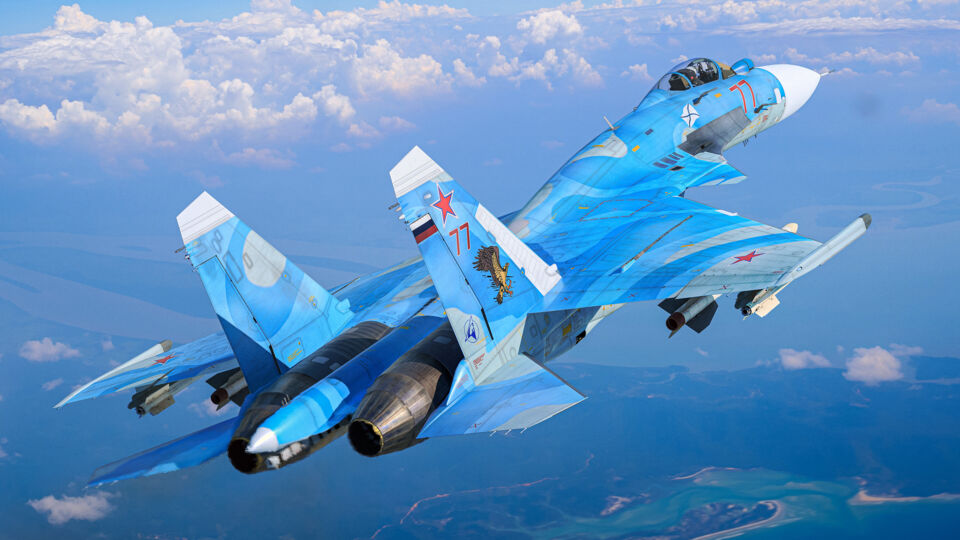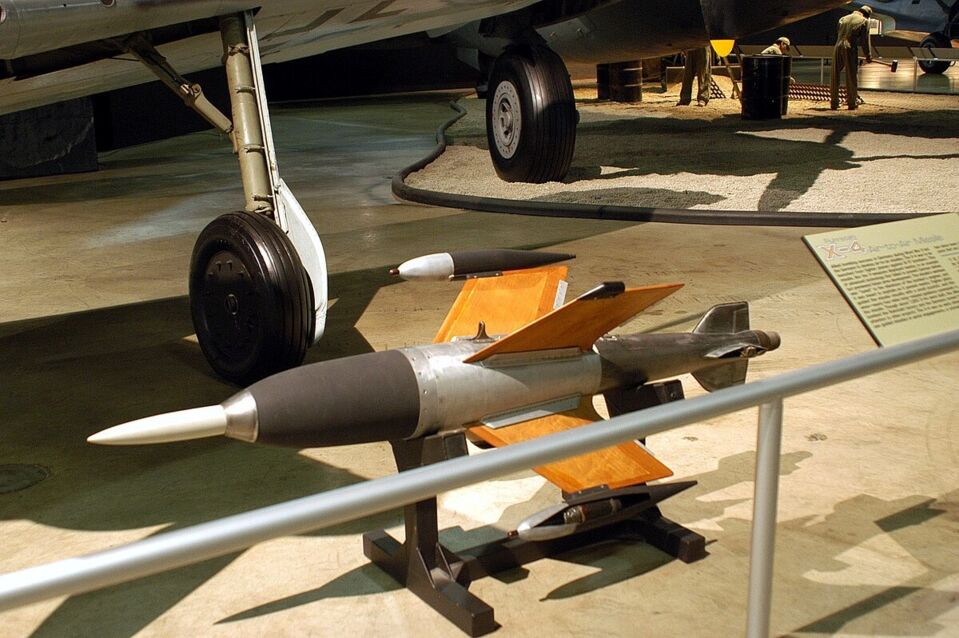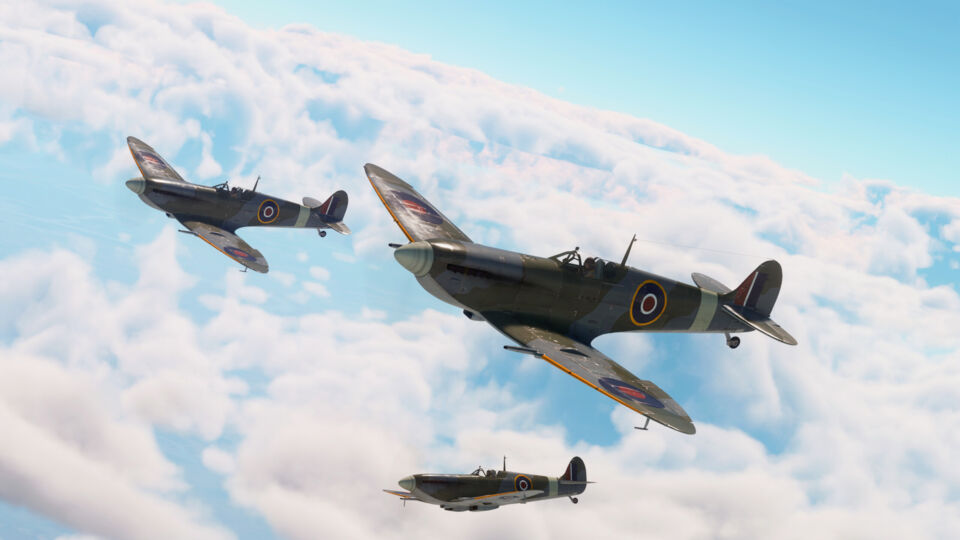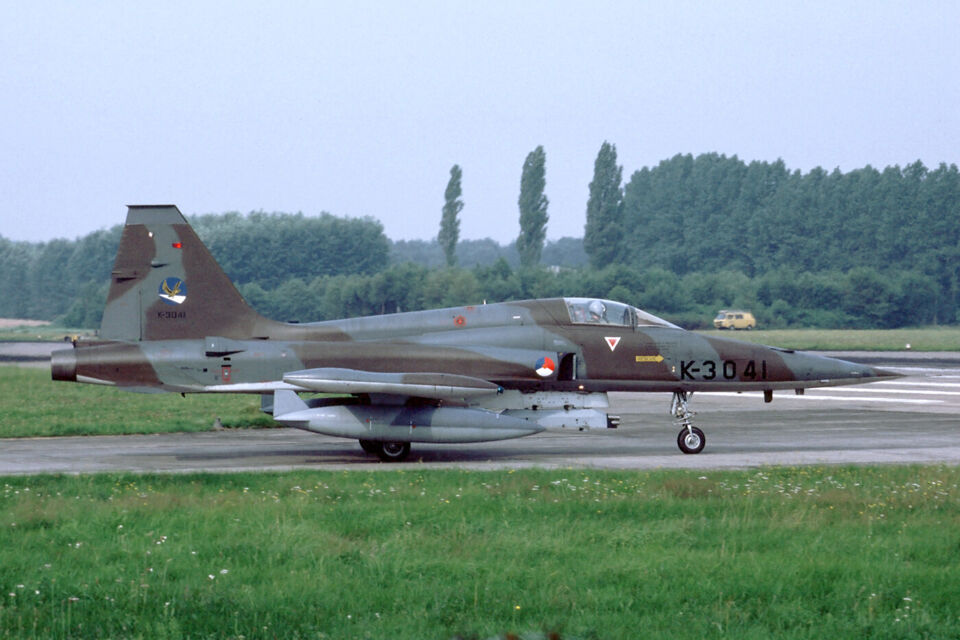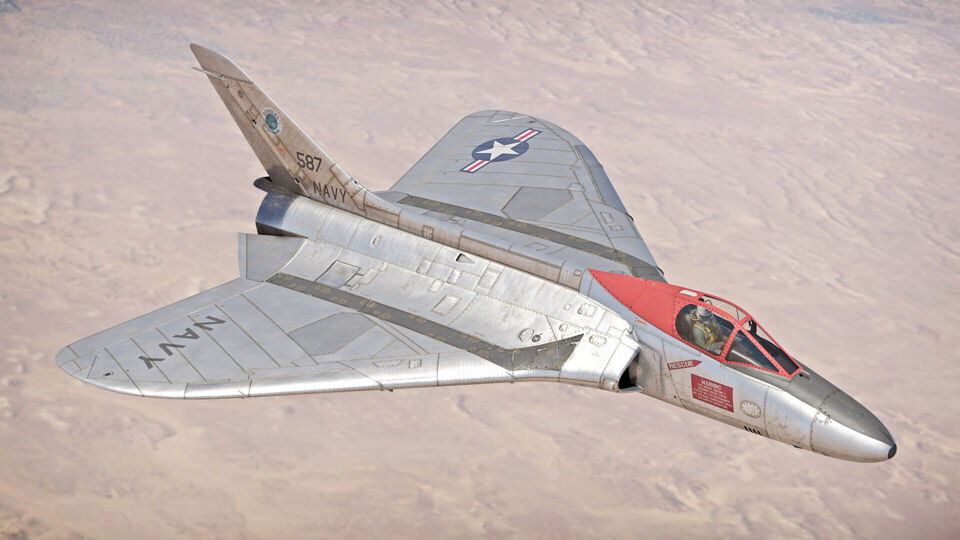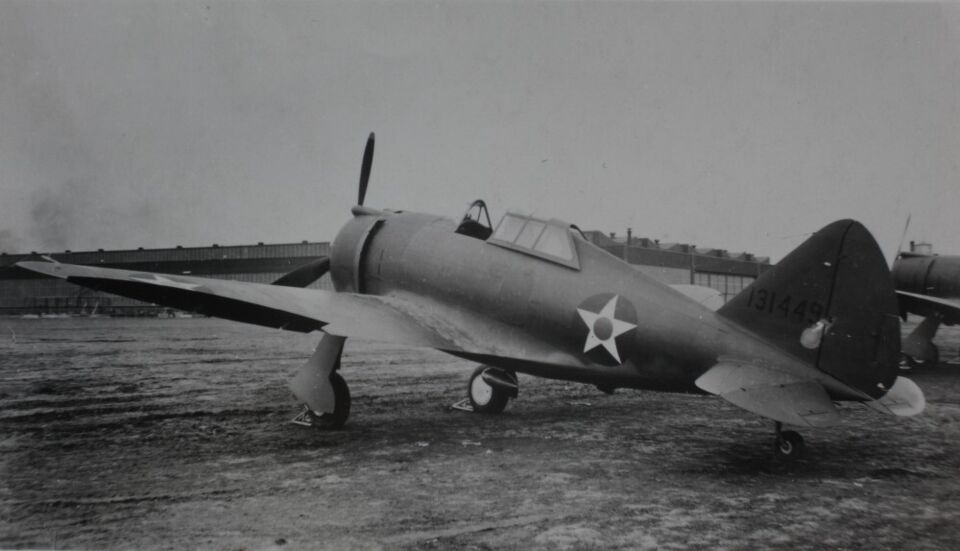Aviation
The Su-33 is a carrier-based air superiority fighter developed from the Su-27 to meet the needs of the Soviet Navy. It features reinforced landing gear, folding wings, an arrestor hook, and canards to improve low-speed handling during carrier operations. Designed for operations aboard the Admiral Kuznetsov, the Su-33 is optimized for long-range interception and high-maneuverability combat. Despite its increased weight, the Su-33 maintains decent maneuverability and is capable of employing a wide range of air-to-air missiles, making it one of the most capable carrier-based fighters of its era.
The Ruhrstahl X-4 missile was a World War 2, German-designed air-to-air missile, the first air-to-air missile of its kind to be produced. It is the earliest air-to-air missile that is available in War Thunder, and is available on the tech tree Fw 190 F-8. Let us dive into the interesting history of the missile, and later talk about how to use this unique missile!
The Supermarine Spitfire is one of the most famous propeller aircraft ever made, and easily one of the best of its time. Initially a high performance, short range interceptor, the Spitfire could be found fighting in every theatre of the World War II. In War Thunder, its high speeds, unparalleled maneuverability, and heavy armament make it a pleasure to fly and a force to be reckoned with. In this article, I will be talking about the two main types of Spitfires, their strengths and weaknesses, as well as tactics, how to fight common enemies, and how to use this plane in battles.
During the Cold War, countries with limited means usually relied on allied suppliers for defense. At times, though, circumstances pushed such states to join forces and develop their own equipment. A prime example was the joint Romanian-Yugoslav project that produced the IAR-93 Vultur and the J-22 Orao.
The NF-5A aircraft were acquired by the Netherlands in the late 1960s to replace the ageing F-84F Thunderstreaks that were still serving in the strike and close-support role within the Royal Netherlands Air Force (KLu). The Netherlands initially considered multiple fighter-bomber options, including the Mirage III, but ultimately selected the F-104G for interceptor duties. A second procurement program was then launched to find a more affordable tactical fighter to support ground forces, leading to the choice of a uniquely Dutch variant of the F-5 Freedom Fighter.
The F4D-1 is the only carrier-capable delta-winged fighter which was employed by the US Navy. The plane itself represents the era of early jet aviation when designers experimented with unusual solutions. In the game, the F4D-1 Skyray differs significantly from other jet fighters and aircraft with similar wings. Like the latter, it can turn sharply toward the enemy, and it carries good weapons. However, its low maximum speed is disappointing, and like other delta wings, it quickly loses energy. So, how do you play it?
After the defeat in World War 2, Japan was in no position to develop or acquire new military aircraft. After the end of the official Allied occupation of the islands, the country adopted a strict policy of non-involvement, vowing never to take part in foreign conflicts and banning all forms of military export. At the same time, given the reality of living in a world divided between two superpowers, Japan also started rebuilding its armed forces for self-defense purposes.
The Republic P-43 Lancer, introduced in 1940, was a transitional American fighter that bridged the gap between prewar designs and the more advanced aircraft of World War II. It offered respectable high-altitude performance for its time, along with decent armament, similar to its more popular successor, the P-47 Thunderbolt. The P-43 provided valuable experience in high-altitude operations and combat testing, with some serving in China under the American Volunteer Group and later the Chinese Air Force.
